By Joe Berk
It doesn’t get more Spanish than the Alhambra. Until this visit if anyone had mentioned Alhambra I would have thought of our Alhambra here in California, but this was the real deal: The original Alhambra in Granada, Spain.
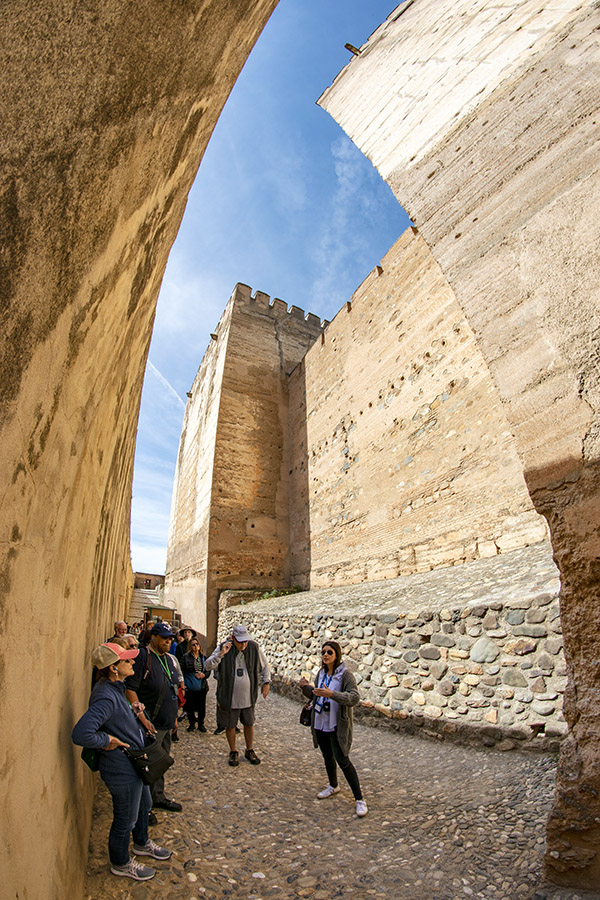
Alhambra translates from Arabic as “the red fortress.” The Moors controlled the Iberian peninsula from the early 8th to the 15th centuries, and many Spanish words and names include the syllable “al” (Alava, Alvarez, etc.). “Al” in Arabic means “the.” “Al” became “el” in Spanish; “al” remains the first syllable many Spanish words.
The foundations of an earlier structure show the area was first fortified in the 8th century by Visigoths (Germanic people who were part of the Roman Empire). The Arabs arrived next, and they hung around for 800 years. Our visit to the Iberian peninsula was a bit shorter (we were there for 15 days).
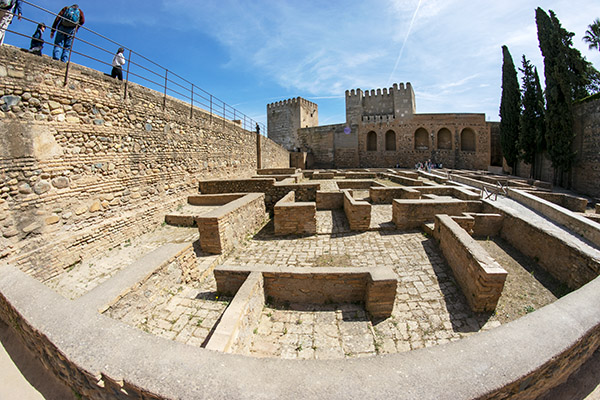
The Alhambra’s ownership changed many times. Moorish rule ended in 1492 when the Emirate of Granada surrendered to King Ferdinand II and Queen Isabella (she financed Christopher Columbus’s expedition to America). Ferdinand II and Isabella only lived in the Alhambra for a tumultuous few months. While there, old Ferdinand and Isabella expelled Spain’s Jews unless they converted to Christianity, and that started the horror known as the Spanish Inquisition. I didn’t know this when we visited the Alhambra; I learned it while writing this blog. I suppose that’s good; I might not have enjoyed the Alhambra as much if I knew this while I was there.
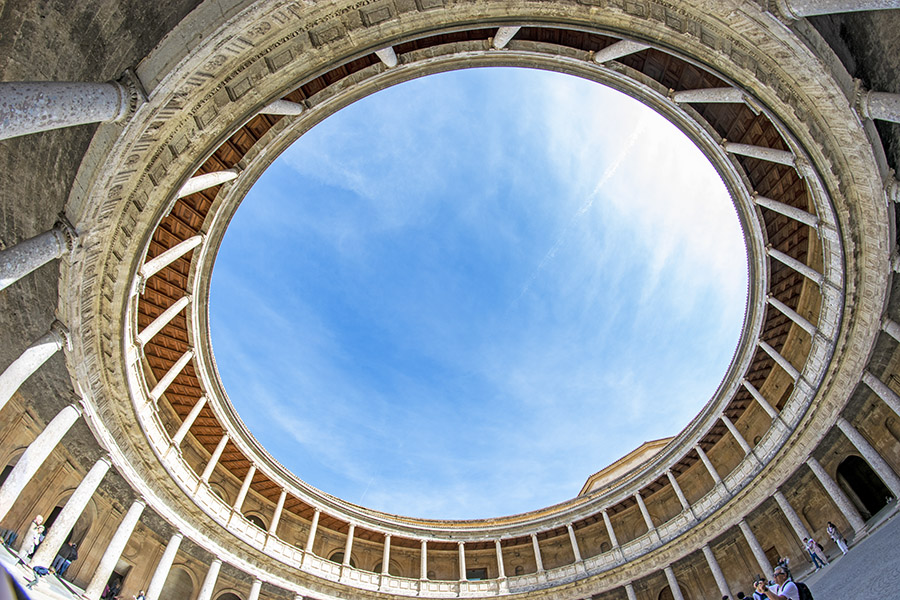
We walked the grounds of the Alhambra most of the morning. There were the fortress and palace buildings described above, the inevitable souvenir and trinket shops, and stunning gardens and courtyards.
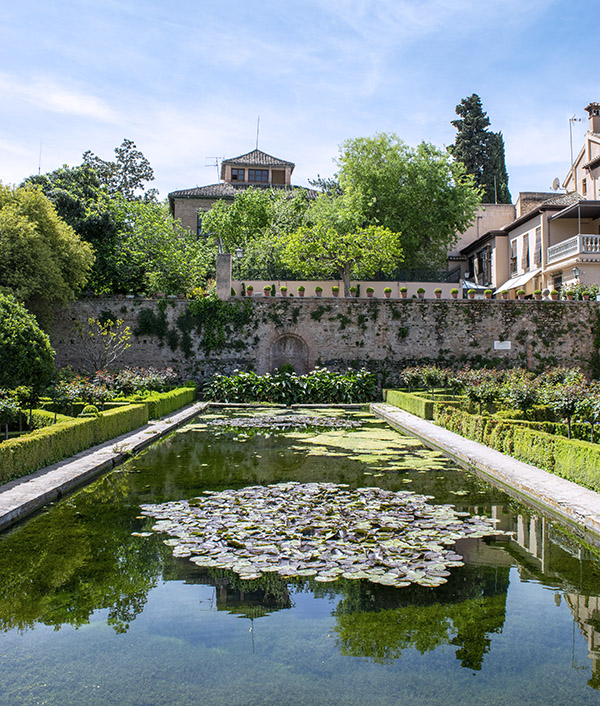
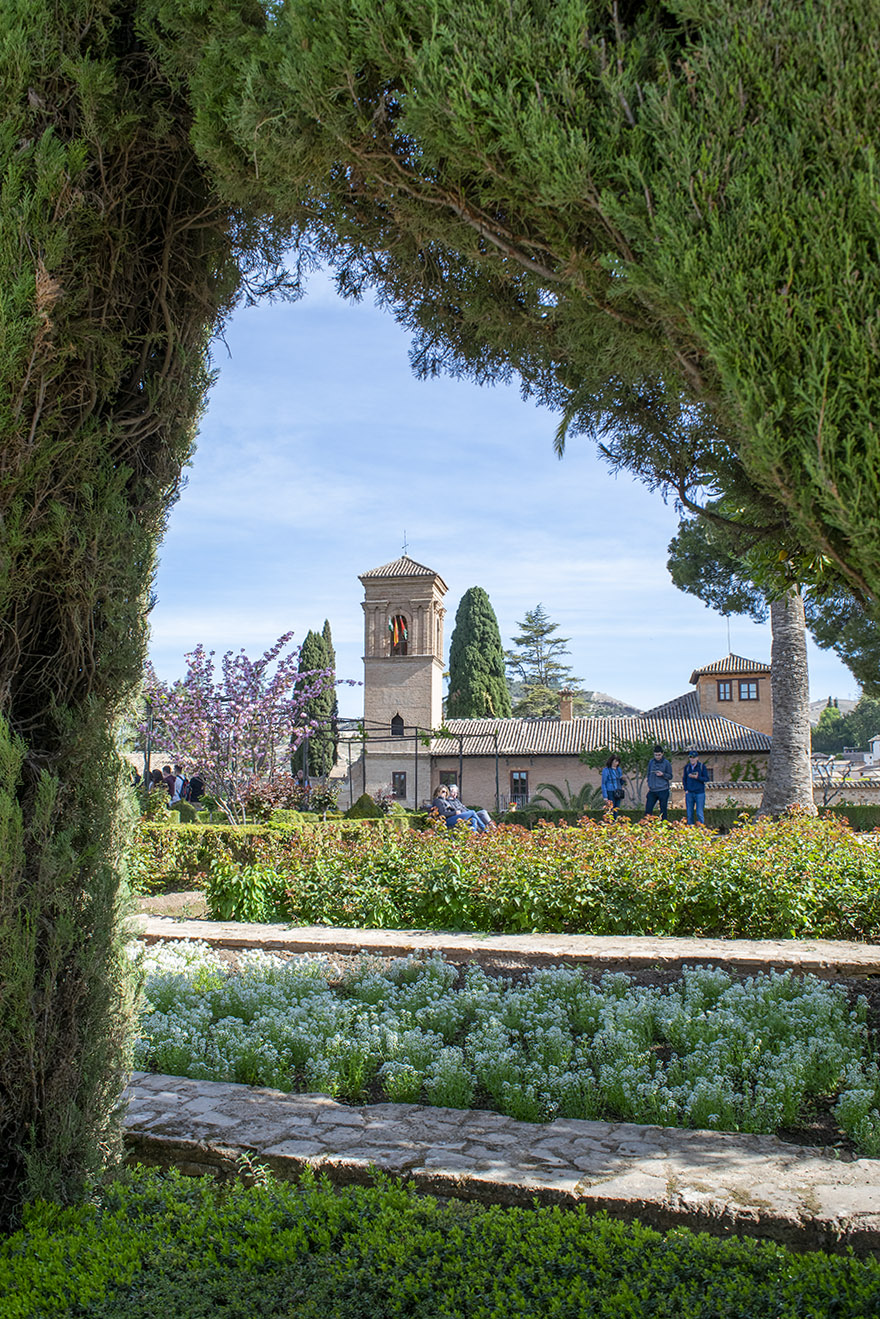
After taking in the courtyards we entered the fortress area. The photo ops were phenomenal.
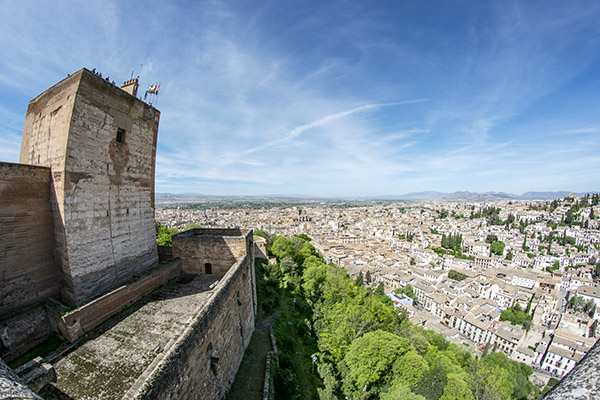
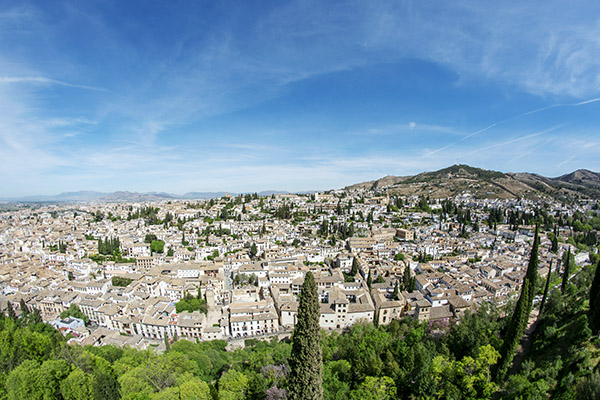
There’s a beautiful pathway that leads from the Alhambra to Granada. It has good shade, it was cool, and the walk was all downhill.

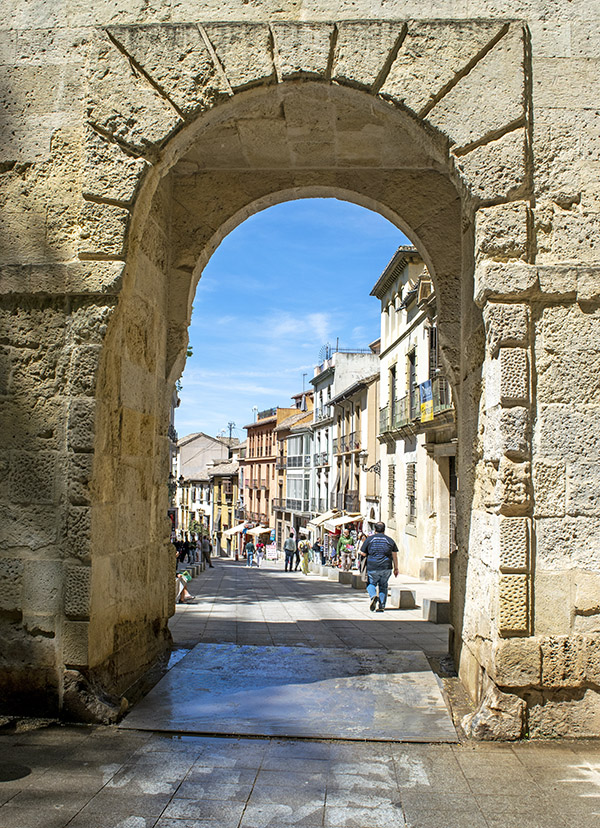
Granada is located at the base of Spain’s Sierra Nevada Mountains. It’s history and occupations parallel those of the Alhambra. The surrounding area is believed to have been populated since at least 5500 B.C. Nobody is certain what “Granada” means in either Spanish or Arabic. The city is the capital of the Spanish province of Granada.
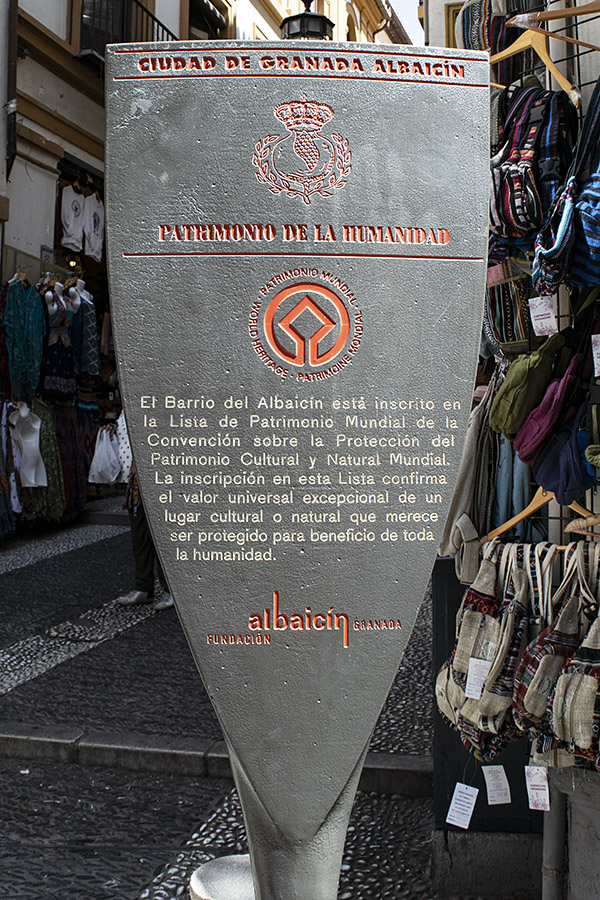
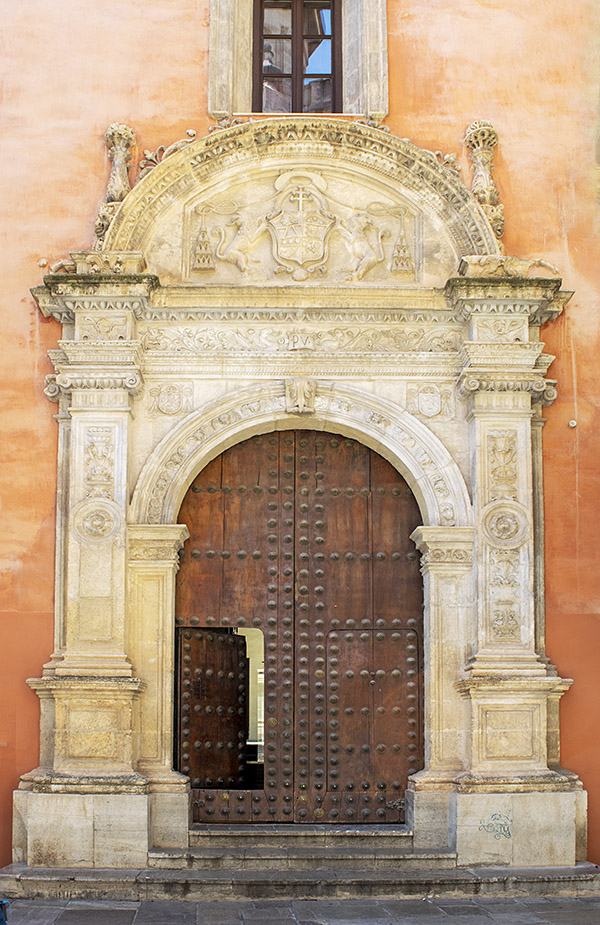
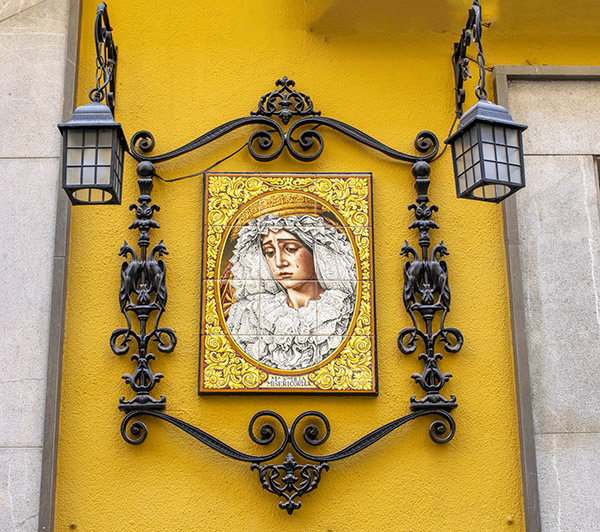
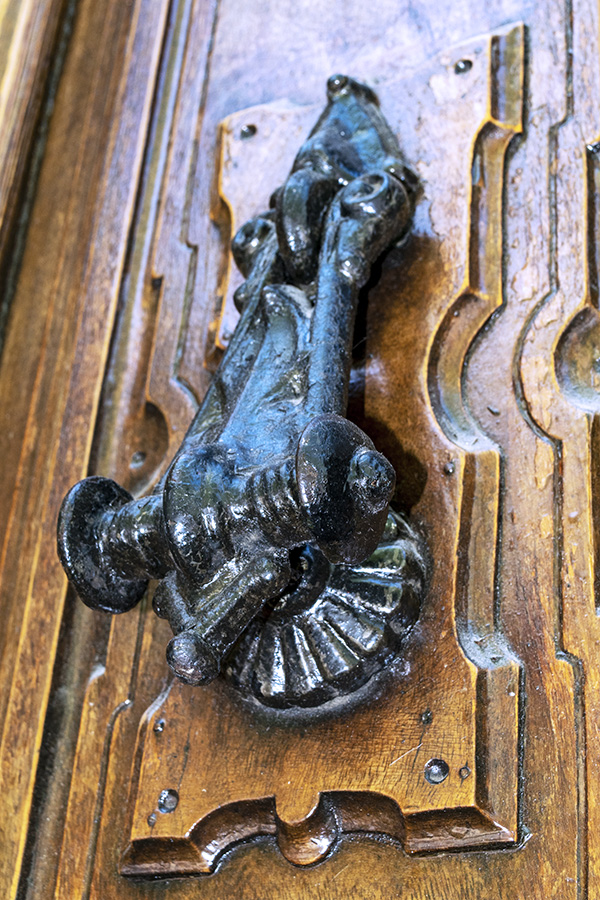

Granada’s city center has a beautiful town square, bordered at one end by the Santa Iglesia Catedral Metropolitana de la Encarnación de Granada. We stopped to take it all in after we enjoyed a lunch in one of Granada’s many sidewalk cafe restaurants. The first hit of empanadas there was free, but our initial empenada serving was a seafood medley with little octopuses (octopi?) we didn’t like. Our waiter picked up on that, took them away, and returned with chicken empanadas. Lunch was great.
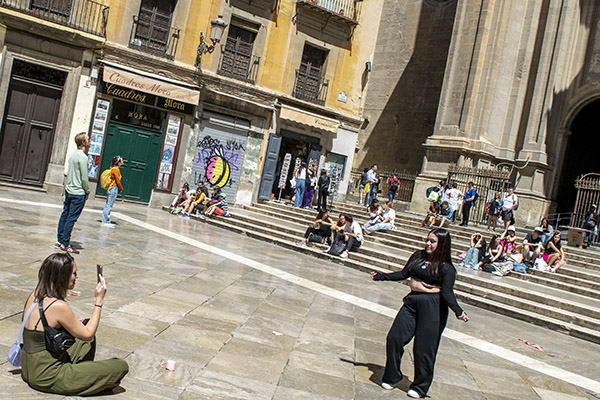
As was the case in every city we visited in Spain and Portugal, two-wheeled transportation is part of the culture. Our tour was by bus and high speed rail and it was great, but I missed being on a motorcycle. The traffic didn’t look too crazy and on previous motoadventures I made it through China and Colombia. I think I could handle Spain and Portugal on a motorcycle. Maybe next time.
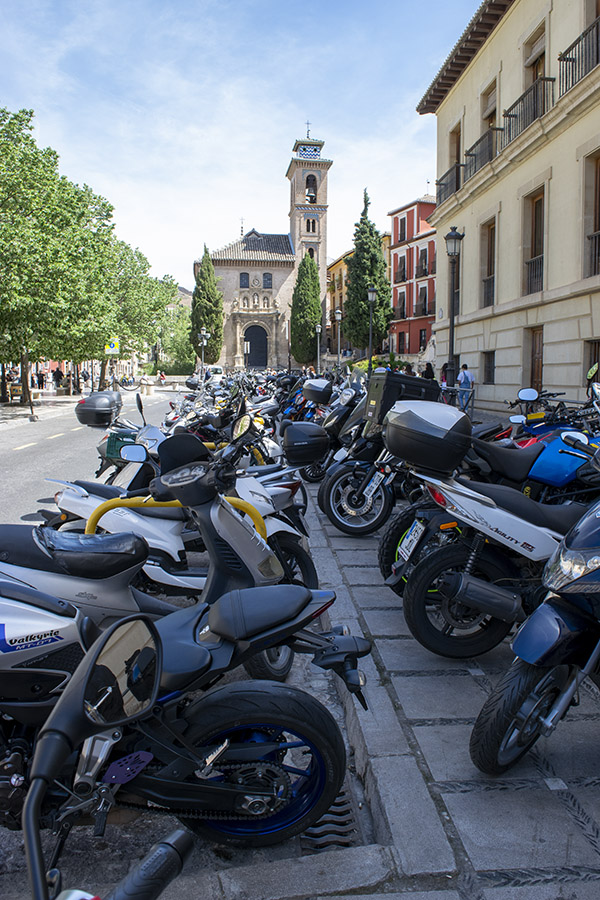
Granada was great. That evening, we had a wild taxi ride to the top of a mountain to watch the Flamenco dancers. That’s coming up next, so stay tuned.
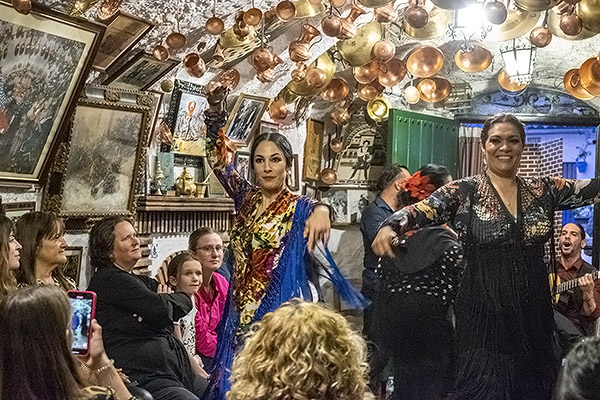
Here are links to more Spain and Portugal articles:
Basilippo: A Spanish Olive Plantation
Coimbra
Spain and Portugal
Camino de Santiago: Part 1
The Sportster of Seville
Évora
Lisbon
Gibraltar
Help us keep the content flowing…please click on the popup ads!
Never miss an ExNotes blog:

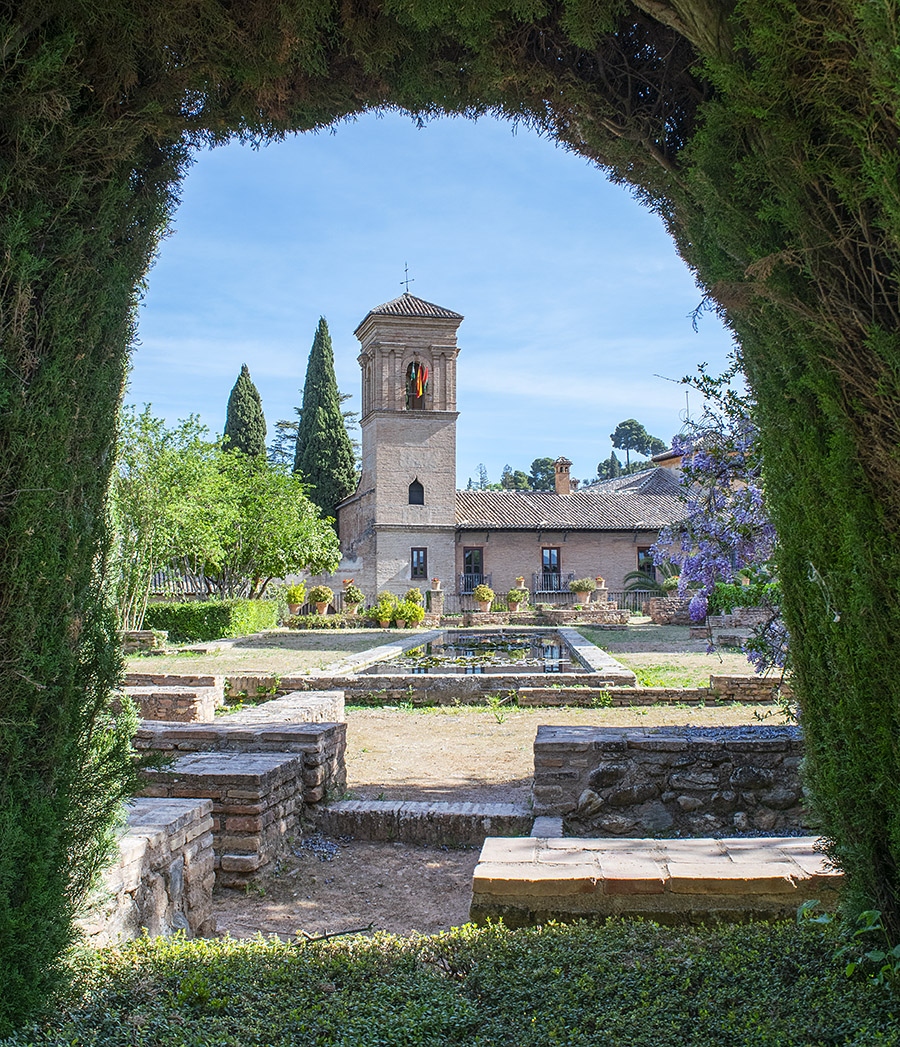
Looks awesome! Be glad you did it, I don’t know if I’ll get the chance,but I’d love to go.Nice story and pictures 😉
Thanks, Kenny.
I enjoyed the picture of the bikes, especially the Valkyrie in the foreground. I’ve owned several Valks over the years, none of which resembled a crotch rocket. As I read and enjoy your blogs on Spain, it looks like there will be a motorcycle tour of the country in my future. Thanks for your inspiration, Joe.
It’s what we do, George. Thanks for commenting.
Was the rain mainly on the plain?
It didn’t rain the entire time we were there. Perfect motorcycle weather.
Cool.
https://cdn.shopify.com/s/files/1/2529/1460/products/Alhambra_Coronas_Standard_Box_of_25_1ff92c9a-baaf-4b14-b98d-4faa62c9bb72_1080x.png?v=1624795071
I hope this shows. But I get these cigars when I am in the Philippines.
Alhambra is a pretty cool name . They smoke good. Kinda funny Spanish influence Is everywhere even if it’s Arabic derived.
Spain is beautiful. So far I found Barcelona to be the best, but that is based on my limited travel to Spain. You are so right about the Motorcycle culture, everyone is on motors and scooters. The sad part is that they drive like they are in a race, they be crazy.
Next year I hope to go to Barcelona for the F1 race, so I will try to explore a little more.
It is awesome over there.